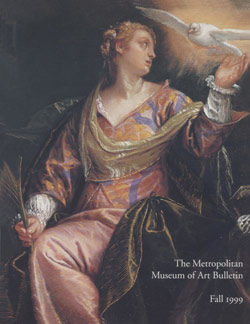[Waterfront Scene with Collaged Elements: Reclining Woman, Self-Portrait]
David Smith American
Not on view
In the 1930s photography occupied an important place in Smith's career. Aside from using the camera to document his sculpture, he also made experimental photographs, often by sandwich printing multiple negatives in the manner of the European modernists László Moholy-Nagy and Man Ray. At the end of the decade, the artist even sent a selection of work to Moholy, recently transplanted to the "New Bauhaus" at the Chicago Institute of Design, for his critique.
Smith is perhaps best known for his liberating integration of disparate elements into sculpture, dazzlingly blending the organic and the man-made, the classical and the commonplace. In this dreamlike photograph, he combines a wide variety of images—industrial waterfront buildings, a self-portrait, a recumbent female figure (perhaps lifted from the picture press)—all overlaid with a collage of abstract biomorphic shapes and heavily worked over with a ballpoint pen before printing. Aside from being a wonderful example of "New Vision" experimentation in an American vein, this photograph is also a fascinating display in nascent form of Smith's collage instinct, so prominent in his better-known sculpture.
Due to rights restrictions, this image cannot be enlarged, viewed at full screen, or downloaded.
This artwork is meant to be viewed from right to left. Scroll left to view more.
![Detail [Waterfront Scene with Collaged Elements: Reclining Woman, Self-Portrait], David Smith (American, Decatur, Indiana 1906–1965 Bennington, Vermont), Gelatin silver print](https://images.metmuseum.org/CRDImages/ph/web-additional/DP352778.jpg)
![Overall [Waterfront Scene with Collaged Elements: Reclining Woman, Self-Portrait], David Smith (American, Decatur, Indiana 1906–1965 Bennington, Vermont), Gelatin silver print](/Rodan/dist/img/1x1-d7dcde.gif)
![Overall [Waterfront Scene with Collaged Elements: Reclining Woman, Self-Portrait], David Smith (American, Decatur, Indiana 1906–1965 Bennington, Vermont), Gelatin silver print](https://images.metmuseum.org/CRDImages/ph/web-additional/DP352696.jpg)

